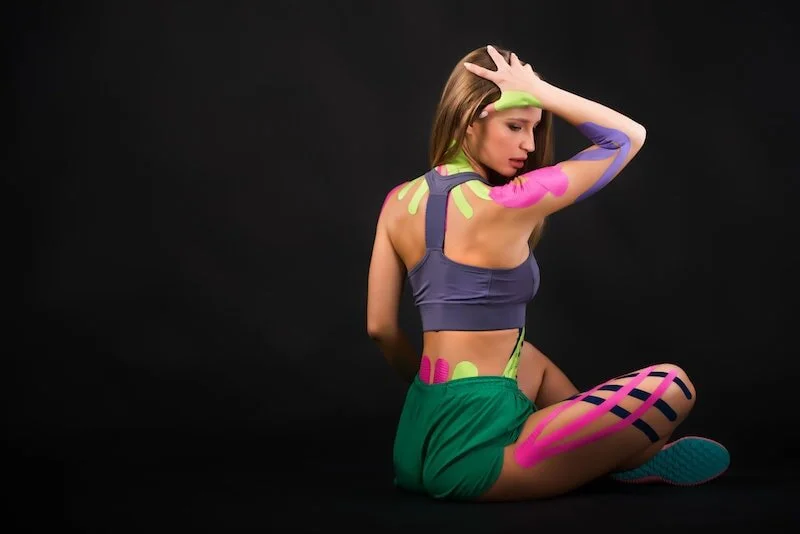Certified KT Tape Practitioner
Get Taped. Recover Faster. Perform At Your Best!
According To Dr. Nelya Lobkova
Kinesio tape (KT tape) is a special type of elastic tape that is applied on the skin to reduce pain and swelling, increase blood flow and mobility. Dr. Kase of Japan designed a revolutionary taping method that provides support and stability to muscles and joints without restricting motion or mobility. KT tape has become a staple treatment at Step Up Footcare because of our primarily active and athletic population. Book a visit with NYC's top Podiatrist, Dr. Nelya Lobkova, DPM, CKTP®, a Kinesio taping specialist, at Step Up Footcare in our TriBeCa Downtown NYC location to get on the road to a quicker recovery, to improve your performance, to GET TAPED by a Certified Kinesio Taping Practitioner®!
How does Kinesio Taping Work?
KT tape could be applied for different purposes, such as easing up the motion of a muscle or tendon, inhibiting the motion of a muscle or tendon, decompressing joints, or simply applying compression to an affected area. Kinesio tape was visualized under ultrasound to see what actually happens to the skin, fascia layer, and ligament/tendon layer. The result was remarkable; All three layers were affected during application of the tape and during motion.
Which Conditions Does Kinesio Taping Treat?
For our athletes, Kinesio taping offers benefits in both injury prevention as well as accelerated recovery. If you suffer from any of the following foot and ankle conditions Kinesio taping maybe right for you:
Plantar Faciitis
Arch / heel / ball of foot pain
Ankle Sprains & Instability
Tendonitis
Flat feet & High arches
Swelling & Lymphedema
Runner’s knee / knee pain
Shin splints
IT Band Syndrome
Bunions & Hammer Toes
Arthritic Toe Joint
Back Pain
Laser Pain Therapy and or Custom Orthotics maybe recommended in addition to Kinesio Taping to complement and accelerate recovery from some of the conditions listed above.
Comes in lots of funky colors.
What’s With all the funky colors?
It’s not about the colors. But the colors of the KT tape play a role as well. It was shown that seeing the colors reminds patients that there is a problem area and to run, bike, or swim with caution.





